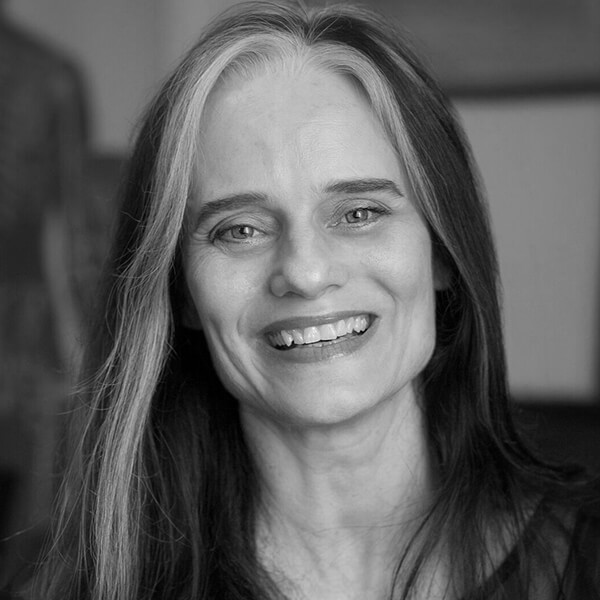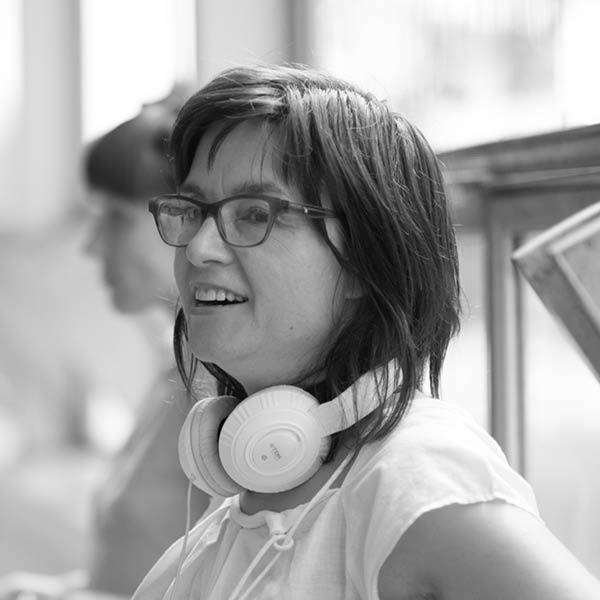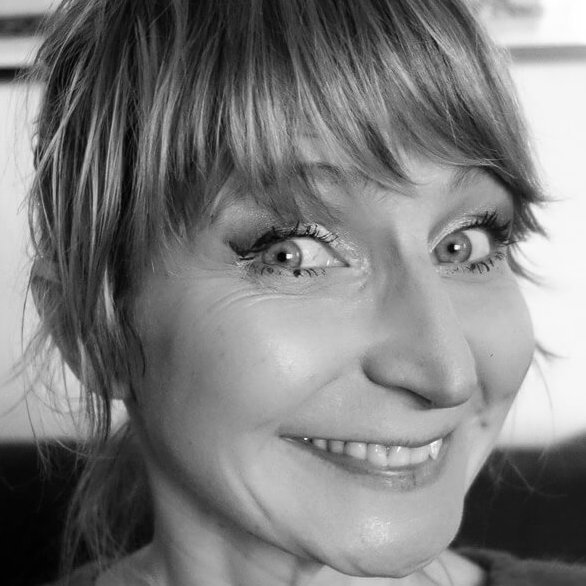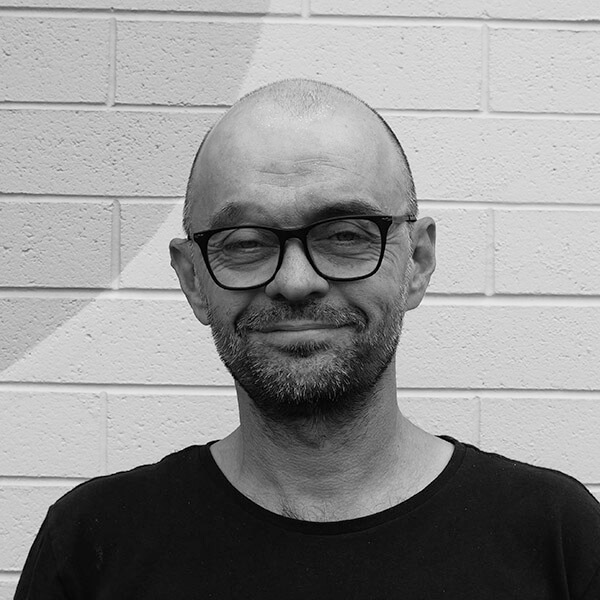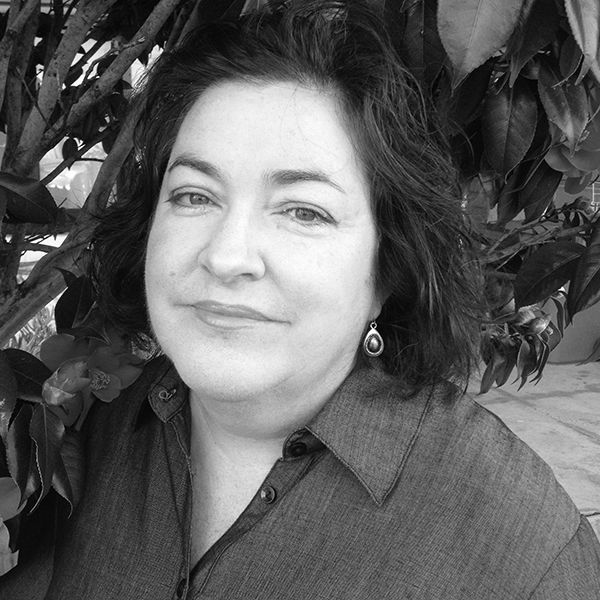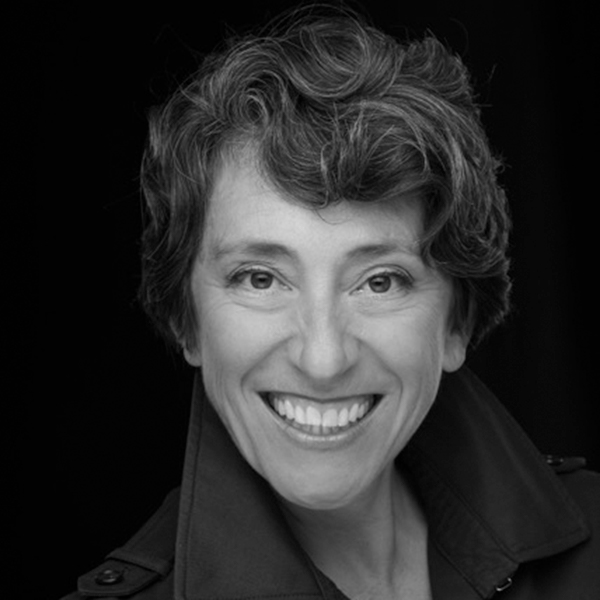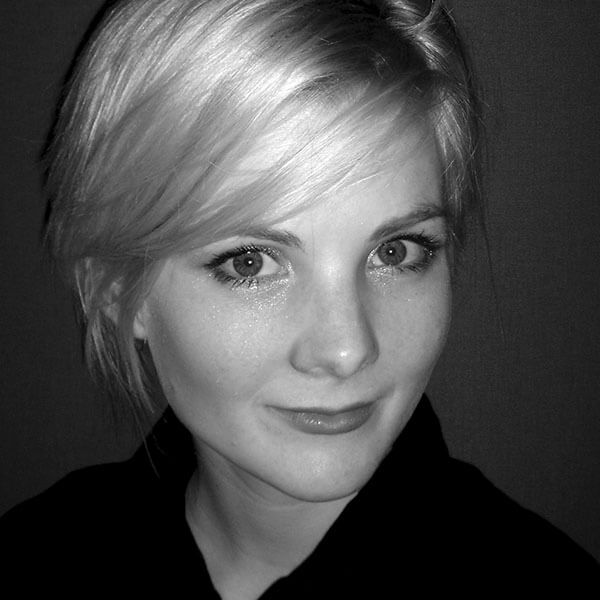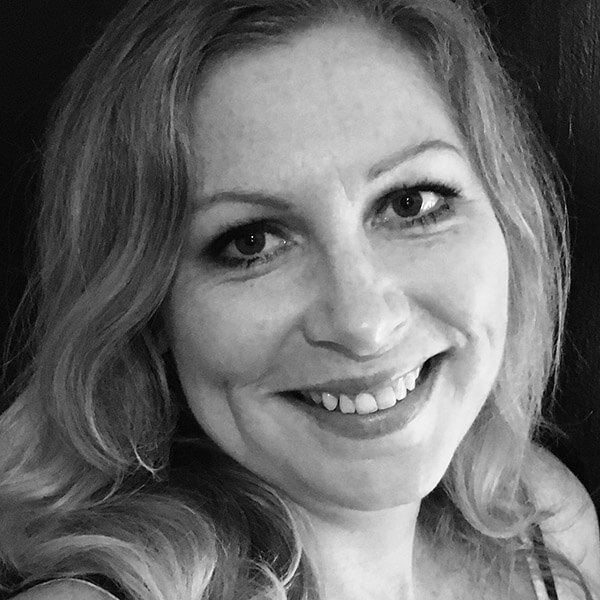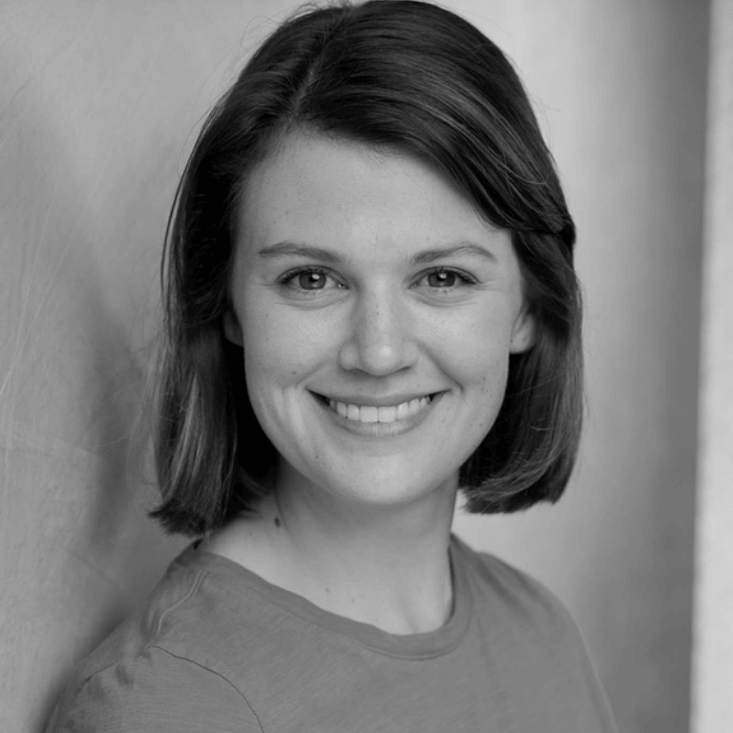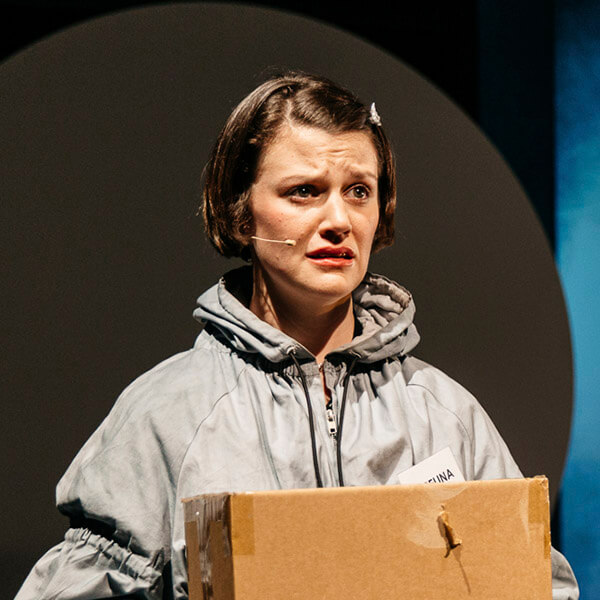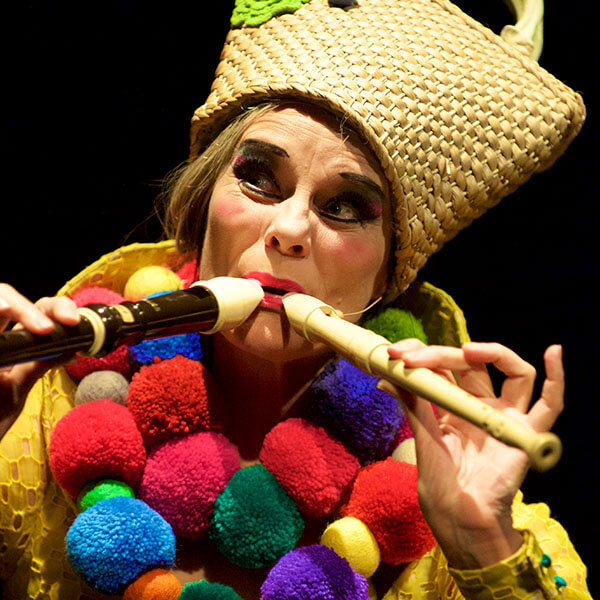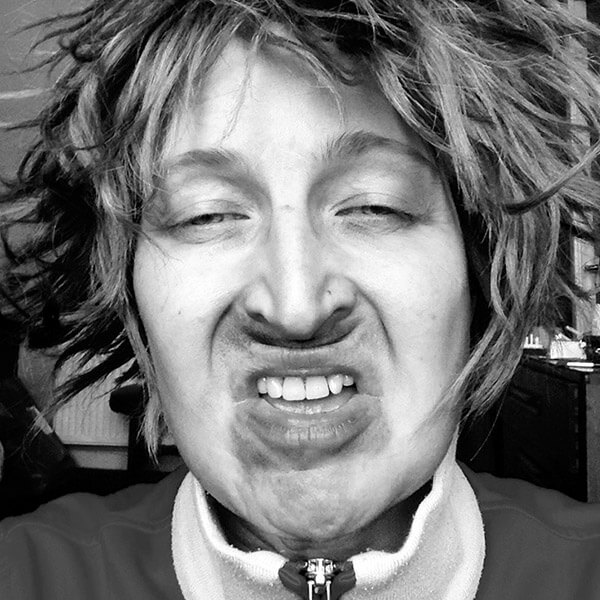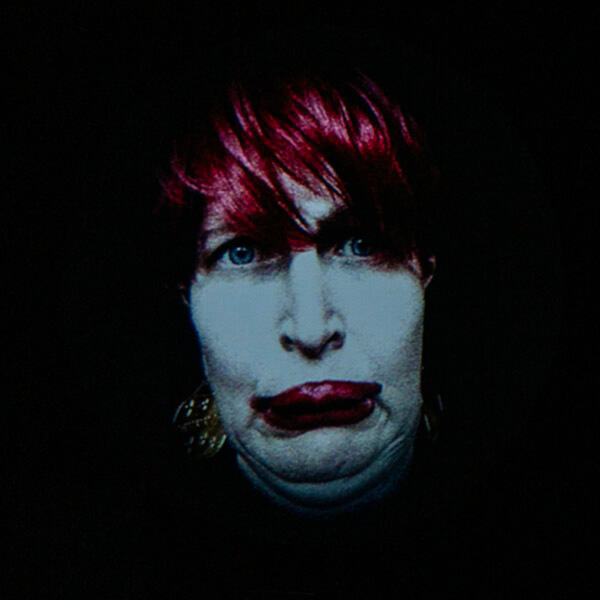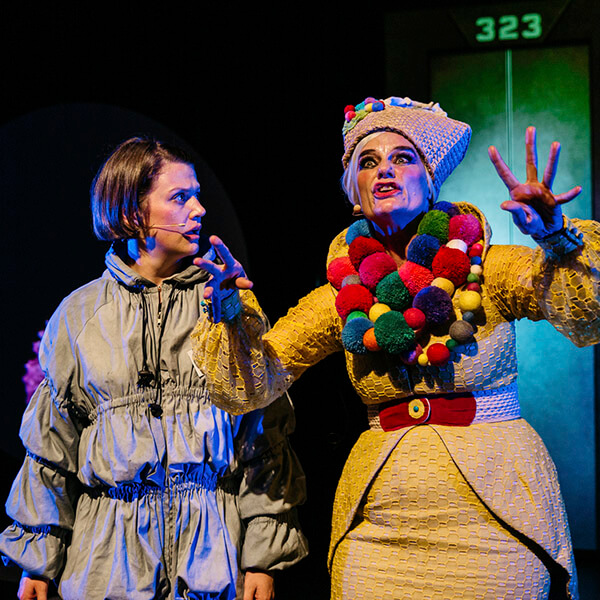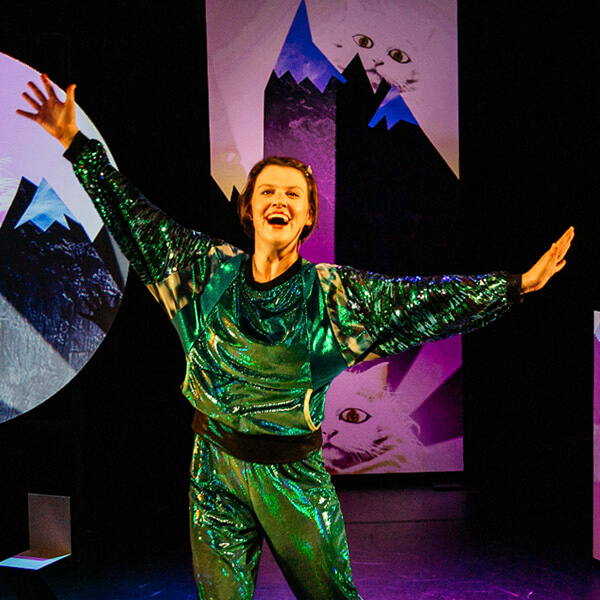Prepare
YEAR 7 AND 8 ACHIEVEMENT STANDARD ADDRESSED
Receptive modes (listening, reading and viewing)
Year 7
By the end of Year 7, students understand how text structures can influence the complexity of a text and are dependent on audience, purpose and context. They demonstrate understanding of how the choice of language features, images and vocabulary affects meaning.
Students explain issues and ideas from a variety of sources, analysing supporting evidence and implied meaning. They select specific details from texts to develop their own response, recognising that texts reflect different viewpoints. They listen for and explain different perspectives in texts.
Year 8
By the end of Year 8, students understand how the selection of text structures is influenced by the selection of language mode and how this varies for different purposes and audiences. Students explain how language features, images and vocabulary are used to represent different ideas and issues in texts.
Students interpret texts, questioning the reliability of sources of ideas and information. They select evidence from the text to show how events, situations and people can be represented from different viewpoints. They listen for and identify different emphases in texts, using that understanding to elaborate on discussions.
Productive modes (speaking, writing and creating)
Year 7
Students understand how the selection of a variety of language features can influence an audience. They understand how to draw on personal knowledge, textual analysis and other sources to express or challenge a point of view. They create texts showing how language features and images from other texts can be combined for effect.
Students create structured and coherent texts for a range of purposes and audiences. They make presentations and contribute actively to class and group discussions, using language features to engage the audience. When creating and editing texts they demonstrate understanding of grammar, use a variety of more specialised vocabulary and accurate spelling and punctuation.
Year 8
Students understand how the selection of language features can be used for particular purposes and effects. They explain the effectiveness of language choices they make to influence the audience.
Students create texts for different purposes, selecting language to influence audience response. They make presentations and contribute actively to class and group discussions, using language patterns for effect. When creating and editing texts to create specific effects, they take into account intended purposes and the needs and interests of audiences.
Year 7 and 8 English content descriptions addressed
Year 7
Identify and explore ideas and viewpoints about events, issues and characters represented in texts drawn from different historical, social and cultural contexts (ACELT1619)
Reflect on ideas and opinions about characters, settings and events in literary texts, identifying areas of agreement and difference with others and justifying a point of view (ACELT1620)
Recognise and analyse the ways that characterisation, events and settings are combined in narratives, and discuss the purposes and appeal of different approaches (ACELT1622)
Create literary texts that adapt stylistic features encountered in other texts, for example, narrative viewpoint, structure of stanzas, contrast and juxtaposition (ACELT1625
Year 8
Explore the ways that ideas and viewpoints in literary texts drawn from different historical, social and cultural contexts may reflect or challenge the values of individuals and groups (ACELT1626)
Share, reflect on, clarify and evaluate opinions and arguments about aspects of literary texts(ACELT1627)
Recognise, explain and analyse the ways literary texts draw on readers’ knowledge of other texts and enable new understanding and appreciation of aesthetic qualities (ACELT1629)
Create literary texts that draw upon text structures and language features of other texts for particular purposes and effects (ACELT1632)
Before the Play
ACTIVITY
This unit includes activities and assessment linked to English, Australian Curriculum. The activities provide a structure to view and explore the fairy tale genre through the lens of:
- Literature and Context
- Responding to Literature
- Examining literature
- Creating literature.
The activities provide an opportunity for students to generate class discussion and sharing of interpretations of the play.
Teachers can choose to use individual activities to complement existing English units or complete the entire unit of work with their students.
Learning Intention:
To be able to:
- Define a ‘fairy tale’
- explain characteristics of fairy tales
- identify common themes and character traits found in fairy tales.
Success Criteria:
Year 7– Identifies and explores viewpoints of characters in fairy tales
Year 8 – Analyses the differences and similarities found in the investigation of the fairy tales
Tune-in
Discuss with students their upcoming visit to the theatre to see Baba Yaga, based on the original Russian fairy tale.
Discuss with students how they will undertake group investigations of the fairy tale story structure (linear narrative structure) and identify where this is evident in a range of traditional fairy tales they will explore.
Students will identify the main character types including: evil character (e.g. wicked witch; evil stepmother; hungry wolf) and hero character (e.g. Snow White, Cinderella, Red Riding Hood). Reinforce the evil character wants to either control or harm the hero, sometimes using magical powers to do so; however, they are often unsuccessful in their attempt. The hero is likeable, kind-hearted and helped by others.
Students identify the purpose of these characters and why fairy tales were originally created. Reinforce for students the purpose was to entertain and provide a moral message, warning people of dangers and provide guidance in life. The characters were the vehicles for these messages.
Students suggest the moral message in the traditional version of the fairy tales and how the characters convey this message. Students consider whether this message would be relevant to a contemporary audience of their age group.
Create
In groups students will use the model JIGSAW LEARNING model toexplore differences and similarities across a range of fairy tales and create an understanding of the structures in:
- Baba Yaga
- Cinderella
- Snow White
- Rapunzel
- Hansel and Gretel
- Sleeping Beauty
Note – This list could include fairy tales from a range of other countries where the witch is featured as the main antagonist.
Jigsaw Learning
- Students work in groups of 6.
- Each group member is assigned a focus for their investigation – People, Place, Rebellion, Self-Discovery, Magical Objects, Rules/Authority.
- After investigations are completed students join with other students with the same focus.
- Students share information they have gathered.
- Students return to their original group to share the information they have collected.
Step One: Divide students into 5 or 6-person jigsaw groups. Each group is assigned one of the fairy-tales. A copy of the Russian Baba Yaga can be found online at https://www.therussianstore.com/blog/tale-of-baba-yaga-the-russian-witch
Step Two: Each group should identify a person in their group as the leader. (The leader supports the group to stay on task and lead the discussions.)
Each group should have 6 pieces of coloured A4/A3 paper. (The same colour should be used for each focus area for each group. For example, people – blue, place – green, etc.)
Students in each group decides what focus their exploration will be.
- People
- Place
- Rebellion
- Self-discovery
- Magical objects
- Rules and authority.
Step Three: Together each group will read the story once.
The second time students read the story by themselves, taking notes on their coloured paper, details related to their area of focus.
Questions to guide reading and exploring could include:
- What are the characteristics of the different people in the story?
- How are the male and female characters represented?
- Who needs help and where does the help come from?
- What are the different settings in the story?
- Are there any magical objects and what do they do?
- Who rebels and why? What happens when they rebel?
Step Four: Give students time to read over their notes and become familiar with what they have written. There is no need for them to memorize it.
Step Five: Students move into ‘focus groups’ with one student from each group joining other students assigned to the same focus.
- Students discuss the similarities and differences between the stories related to their focus.
- Students add notes to their sheet from this conversation.
Note: This is where having the same colour piece of paper assists – all of the students with the blue together, green together etc.
Step Six: Students move back to their original groups. Each student shares what they found out from the discussion in their ‘focus groups’.
The group leaders should encourage others in the group to ask questions for clarification.
Teacher note: Float from group to group, observing the process. If any group is having difficulties make an appropriate intervention. However, the group leader manages this task. Assist leaders with clarifying questions if this is a difficulty.
Critique
Whole class discussion
Together as a whole class discuss what they discovered about the structure of a fairy tale.
- What are the similarities and differences?
- Are the stories relevant to our lives now?
- How could they be changed to be more relevant?
- Are there other fairy tales they know of that have been contemporised? (for example fractured fairy tales)
Explore and Apply
Students read the Windmill Theatre Company’s synopsis of Baba Yaga, character description and theme (see the synopsis, character and themes sections of this resource).
With the knowledge and understanding of the structure of fairy tales each group selects one significant moment in their story and explores a change to the story, which will contemporise the moment. They should apply this change and create a tableau.
The tableau needs to communicate who is in the picture and what is happening.
Groups then bring the tableau to life as a silent movie with no dialogue for 10 seconds. After 10 seconds the scene should then freeze again in a tableau.
tableau – French for ‘living picture’, a static scene where the actors are stationary and silent.
Note: Students should record the change they have made as this will assist them in the re-writing their fairy tale.
Whole class
Each group should present their tableaux scenes.
- Did the tableau clearly communicate the who and what? If not what could the group explore to make this clearer?
- What stereotypes did they notice?
- Did the tableau provide a contemporised version of the fairy tale?
LEARNING OUTCOMES
Year 7
Identify and explore ideas and viewpoints about events, issues and characters represented in texts drawn from different historical, social and cultural contexts (ACELT1619)
Reflect on ideas and opinions about characters, settings and events in literary texts, identifying areas of agreement and difference with others and justifying a point of view (ACELT1620)
Recognise and analyse the ways that characterisation, events and settings are combined in narratives, and discuss the purposes and appeal of different approaches (ACELT1622)
Year 8
Explore the ways that ideas and viewpoints in literary texts drawn from different historical, social and cultural contexts may reflect or challenge the values of individuals and groups (ACELT1626)
Share, reflect on, clarify and evaluate opinions and arguments about aspects of literary texts (ACELT1627)
Recognise, explain and analyse the ways literary texts draw on readers’ knowledge of other texts and enable new understanding and appreciation of aesthetic qualities (ACELT1629)
After the Play
Tune-in
In the original groups of 5 to 6 students spend 5 minutes discussing their initial responses to the play.
- How did you feel about what happened in the story of the play?
- What did you think about the characters in the play?
Continuing in their groups should create a mind map of the play Baba Yaga and their experiences.
People, Place, Rebellion, Self-Discovery, Magical Objects, Rules/Authority.
How did the Windmill Theatre production of Baba Yaga communicate:
- the characteristics of the different people in the story?
- how were the male and female characters represented?
- Who needs help and where does the help come from?
- What are the different settings in the story?
- Are there any magical objects and what do they do?
- Who rebels and why? What happens when they rebel?
Whole Class Discussion
Groups bring their observations to a whole class discussion.
- Did the Windmill Theatre production follow the structure of the other fairy tales?
- What was different and how was it different?
Explore and Apply
Contemporise a fairy tale.
Working in their original groups students discuss how the fairy tale they have investigated could be rewritten so lower status characters could find courage to speak up to higher status characters.
Students should use the coloured sheets of paper they have worked on previously and the tableau scene they have worked on to assist the group to identify the following in their fairy tale:
- narrative structure including introduction, development and resolution of tension;
- evil characters;
- kind-natured/hero characters;
- low and high status characters;
- evidence of significant symbols and their meaning;
- place/settings;
- moral message/s.
Students work together to contemporise the fairy tale making it relevant to their peer group. The story they construct together should focus on a lower status character finding their courage. The story should communicate a clear moral message to the audience.
Contemporise– to place in or regards as belonging to same age or time – to modernise setting.
Critique
Whole Class – sharing and discussion.
- Groups bring their draft copies of their story to a whole class discussion.
- Each group reads their story. (Groups could read their story as a Readers Theatre piece with each of the group members taking on a role of a character in the story.)
Class discussion:
- How was the original story contemporised to make it more relevant to the audience? This could include:
- change to storyline (including non-linear narrative structure);
- choice of setting;
- inclusion of new characters;
- absence of or change to original characters;
- What was the moral message in the story and was it relevant to the chosen audience?
The groups use the feedback from the class discussion to refine and publish their re-written fairy tale.
LEARNING OUTCOMES
Year 7
Create literary texts that adapt stylistic features encountered in other texts, for example, narrative viewpoint, structure of stanzas, contrast and juxtaposition (ACELT1625
Year 8
Create literary texts that draw upon text structures and language features of other texts for particular purposes and effects (ACELT1632)
